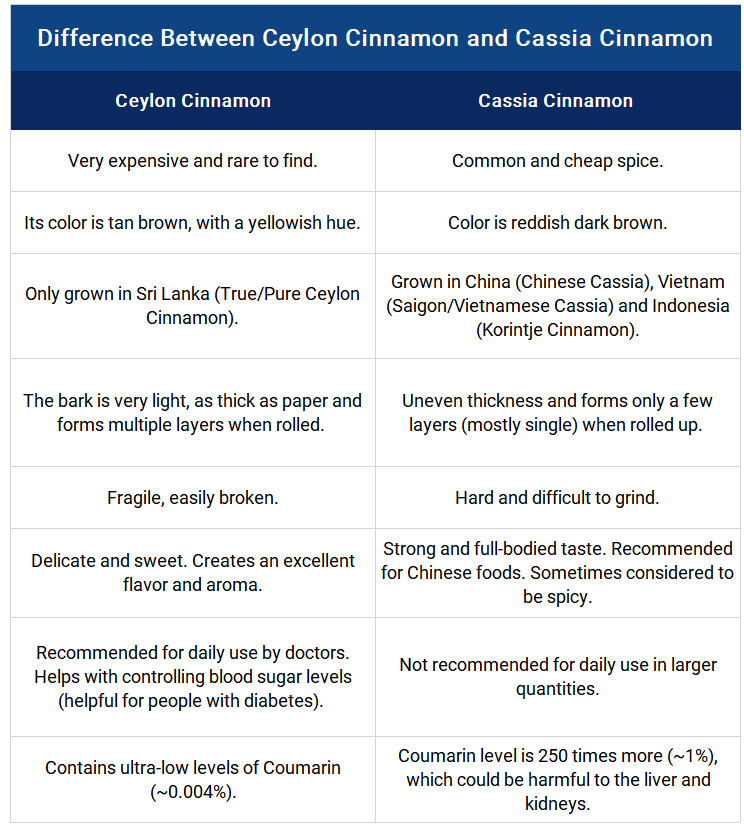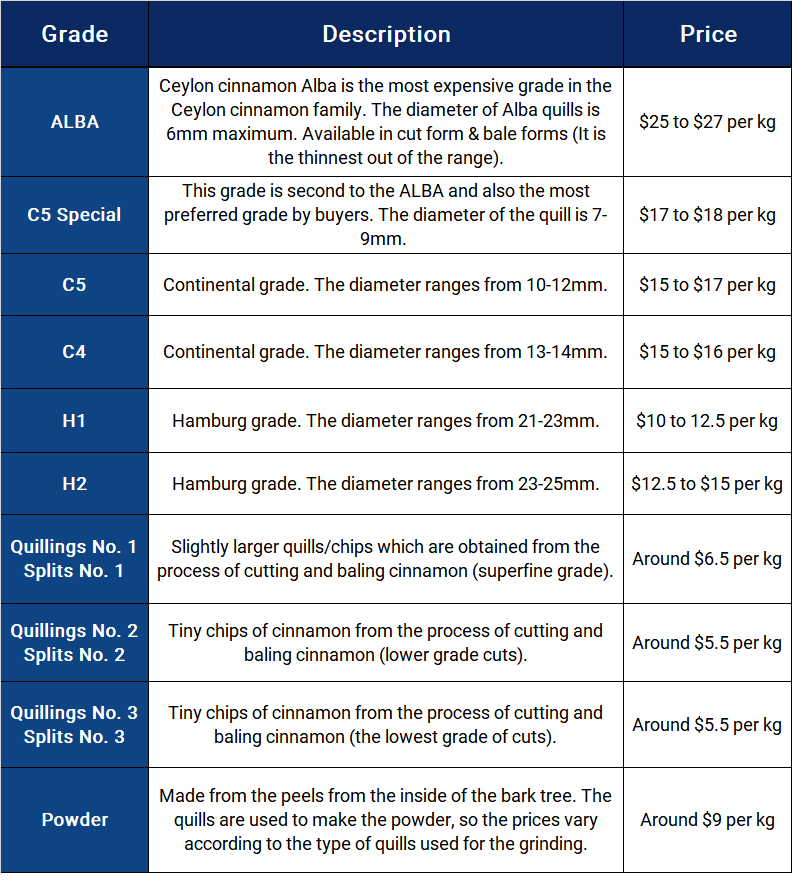Producing Ceylon Cinnamon in Sri Lanka
Cinnamon is a well-loved and well-traded spice. In 2018, the total global export of cinnamon was 705.5M USD. Although the largest cinnamon producer is Indonesia, accounting for approximately 40% of global production, Sri Lanka is the main exporter, exporting 199.1M USD in 2018. Not all cinnamon is the same: Sri Lanka is famous for its Ceylon Cinnamon, sometimes referred to as ‘true’ cinnamon. Ceylon Cinnamon is native to Sri Lanka and comes from the plant Cinnamomum Verum.
Ceylon Cinnamon is very different from Cassia Cinnamon, the most commonly found cinnamon in the market. Cassia Cinnamon is mainly grown in China, Vietnam, and Indonesia, and the differences between the two are quite substantial. Ceylon Aurum Agro (Pvt) Ltd, an exporter of Ceylon Cinnamon, explains the differences as follows.

Ceylon Cinnamon thus has a very different flavor from Cassia Cinnamon, as it is sweeter and softer. Cassia Cinnamon is more widespread and can be found in most supermarkets, whereas Ceylon Cinnamon is a premium niche product. Due to its numeral health benefits compared to Cassia Cinnamon, the demand for Ceylon Cinnamon has been starting to rise over the recent years.
Chinese and Vietnamese Cassia Cinnamon is valued around 3 to 6 USD per kg. However, the price of Ceylon Cinnamon varies greatly depending on its grade. As Ceylon Aurum Agro (Pvt) Ltd explains, Sri Lankan exporters make use of a grading system to determine which price to set for which quality. The grading system is based on how the cinnamon is processed. Only the inner bark of the tree is used, which is shaved into strips. When the strips dry, they naturally curl into quills.

As the supply of Ceylon Cinnamon is steady all year round, the prices do not go through seasonal swings. Ceylon Aurum Agro (Pvt) Ltd cautions buyers of Ceylon Cinnamon to make sure the product they receive is actual Ceylon Cinnamon. “Ceylon Cinnamon is only available in Ceylon (Sri Lanka). [...] You are always able to identify if you are receiving true Ceylon cinnamon or Cassia Cinnamon by performing a Coumarin analysis.” Due to its unique properties, Sri Lanka aims to obtain a Geographical Indication within the EU for Ceylon Cinnamon, which will help combat fake exporters of the product.
Recently, there have been worries that the cinnamon supply from Sri Lanka will decrease in the future, due to a shortage in cinnamon peelers. According to Akthar Hafeez from Ceylon Aurum Agro (Pvt) Ltd, the cinnamon peelers have a lot of power in Sri Lanka. “Cinnamon peelers work as contractors outsourcing their services to the factories processing cinnamon.” This causes prices to become higher. Most of the cinnamon peelers are nearing retirement, and young people are not willing to get engaged in this work as it is very labor-intensive, causing a shortage of peelers in the near future. Hafeez thinks the supply of cinnamon will decline in the short run, but is hopeful for the future. The government sees the importance of the spice trade and has invested in this sector by setting up an academy known as the Cinnamon Training Academy, which is supported by the United Nations Industrial Development Organization. “There would be a slight decline that we shall notice in our production due to the shortage of peelers, but once the younger generation starts to take part in the cinnamon trade using the training provided by the academy, it shall settle.”
